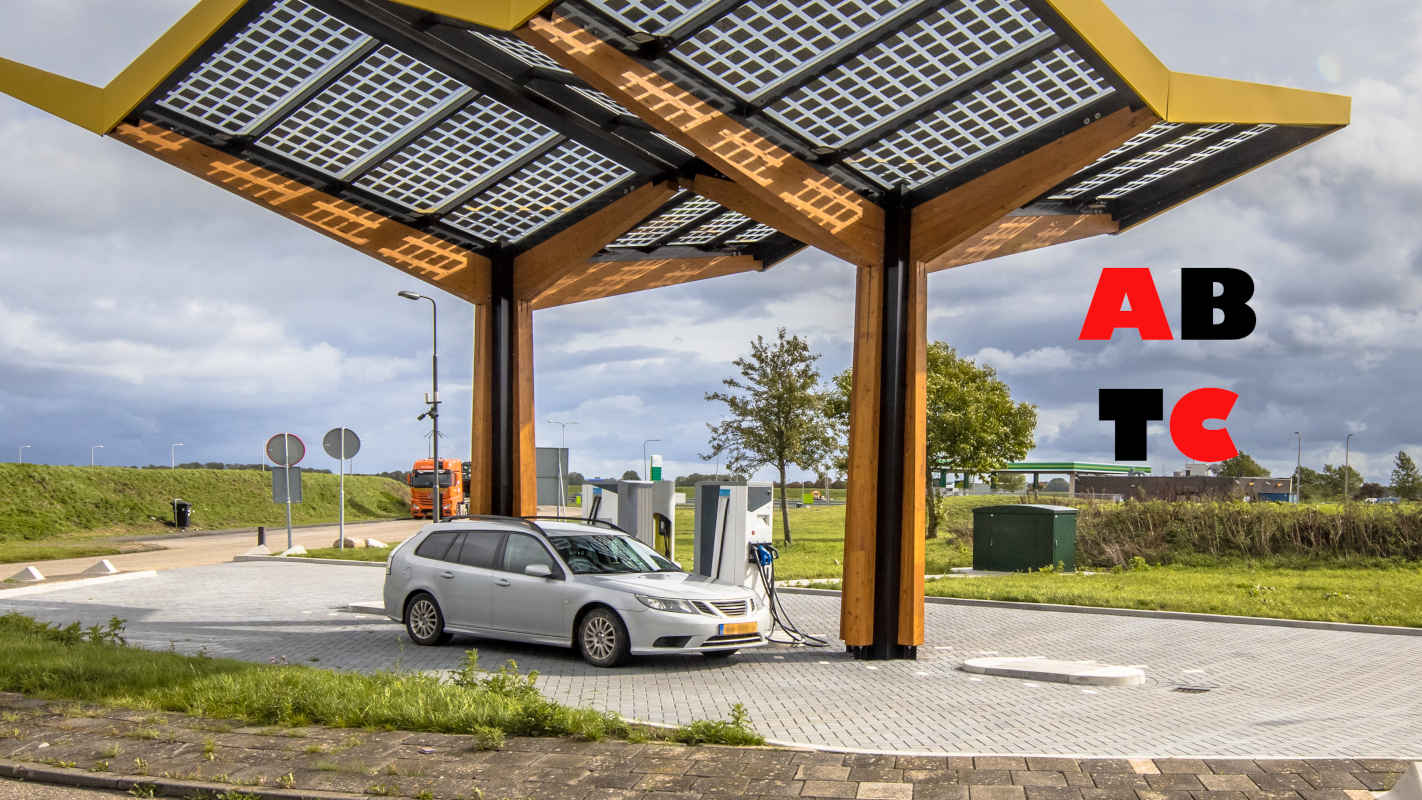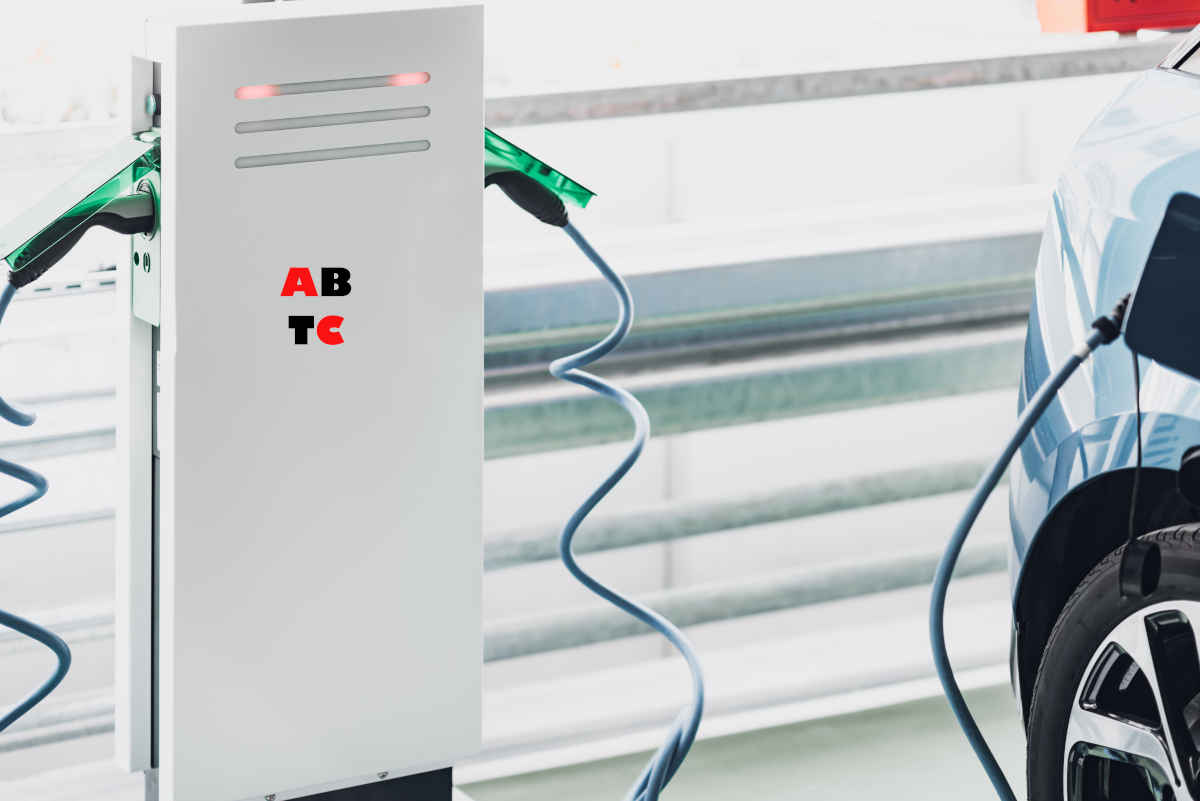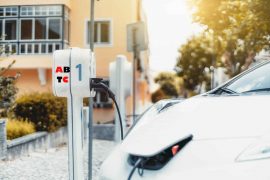Robert Anderson was the first human to develop a crude electric vehicle in 1832.
Advertisement

However, it isn’t until the 1870s or later that electric cars become practical. The carriage was powered by non-rechargeable primary power cells.
Anderson used crude oil to generate power (in the form of electric current) in the battery he invented. In contrast to the gasoline-powered vehicles, which came later, the crude electric carriage is absolutely environmentally friendly.
Advertisement
Other inventors during that time used electromagnets (components of electric motors) and batteries to power the electric vehicle. The progress of electric vehicles depends almost entirely on the progress of the battery.

It wasn’t until the 1880s and 1890s, several decades after Anderson’s first electric vehicle, and after Faure‘s improvement on the lead-acid battery, that electric cars grew in popularity in the United States and Europe.
Today, electric and hybrid vehicles are again becoming the focus of scientific research. Read more about the history of electric vehicles here.
Source: abtc.ng

